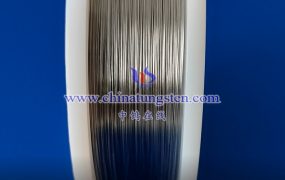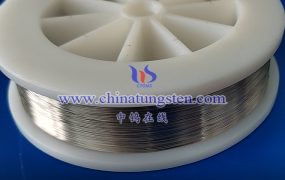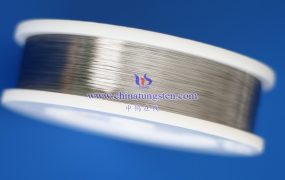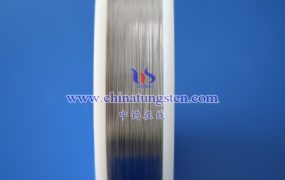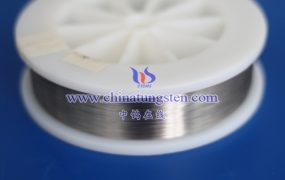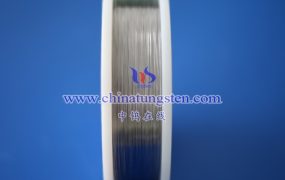To explore whether the tungsten filament needs to be replaced regularly, we must first understand the application scenarios and characteristics of tungsten filaments.
Tungsten filaments are often used to make filaments for incandescent lamps due to their high melting point, high strength and good conductivity. In incandescent lamps, current passes through the tungsten filament to generate heat, which in turn makes the tungsten filament glow. However, this luminescence process is accompanied by the gradual evaporation and thinning of the tungsten filament, because tungsten sublimates (directly from solid to gas) at high temperatures.
Over time, due to sublimation, the tungsten filament will become thinner and thinner, which will increase its resistance and heat generation, and may eventually break due to overheating. In addition, the sublimated tungsten will also form a thin tungsten film on the inner wall of the bulb, which will also affect the transparency and luminous efficiency of the bulb.
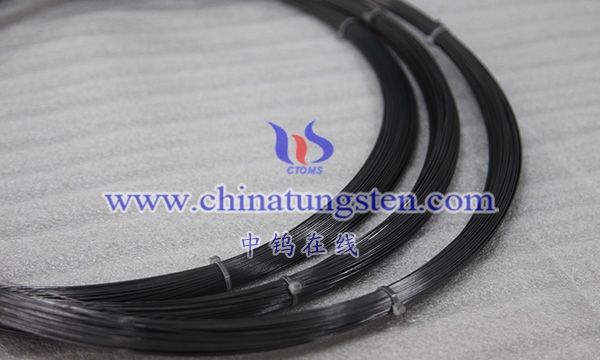
Therefore, from the perspective of physical changes in the tungsten filament and the decline in bulb performance, tungsten filaments do have a service life. Once the tungsten filament becomes too thin or breaks, the bulb will fail and a new tungsten filament (or the entire bulb, as bulbs are usually designed with a non-detachable tungsten filament structure) will need to be replaced.
Whether it needs to be replaced “regularly” depends on the frequency of use and the working environment of the bulb. Under normal use conditions, a good quality incandescent lamp may last for hundreds to thousands of hours. However, if the bulb is frequently turned on and off, the working environment temperature is too high, or the voltage is unstable, these may shorten the service life of the tungsten filament.
More details of tungsten wires, please visit website: http://tungsten.com.cn/tungsten-wires.html
Please contact CHINATUNGSTEN for inquiry and order of tungsten needles:
Email: sales@chinatungsten.com
Tel.: +86 592 5129595
